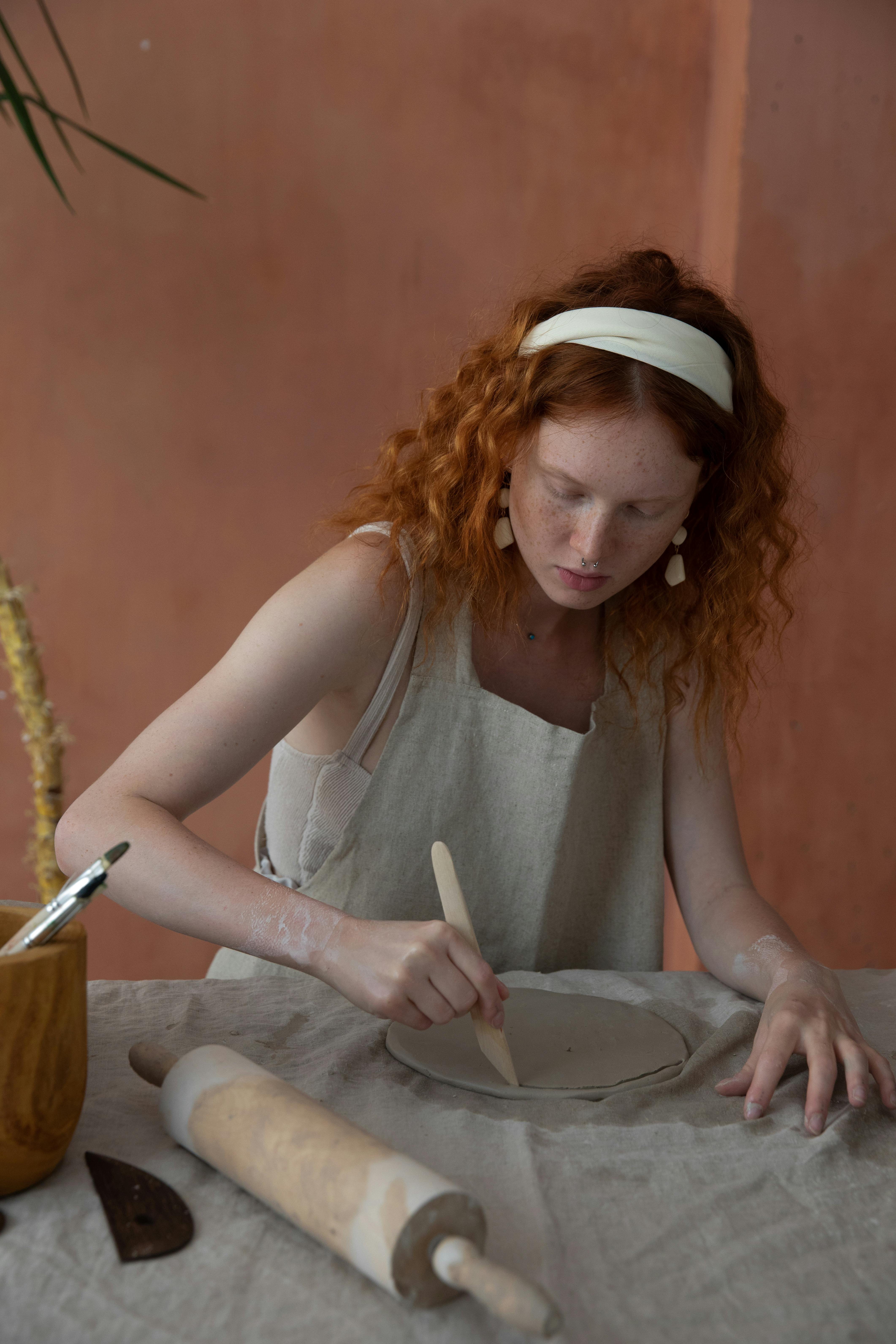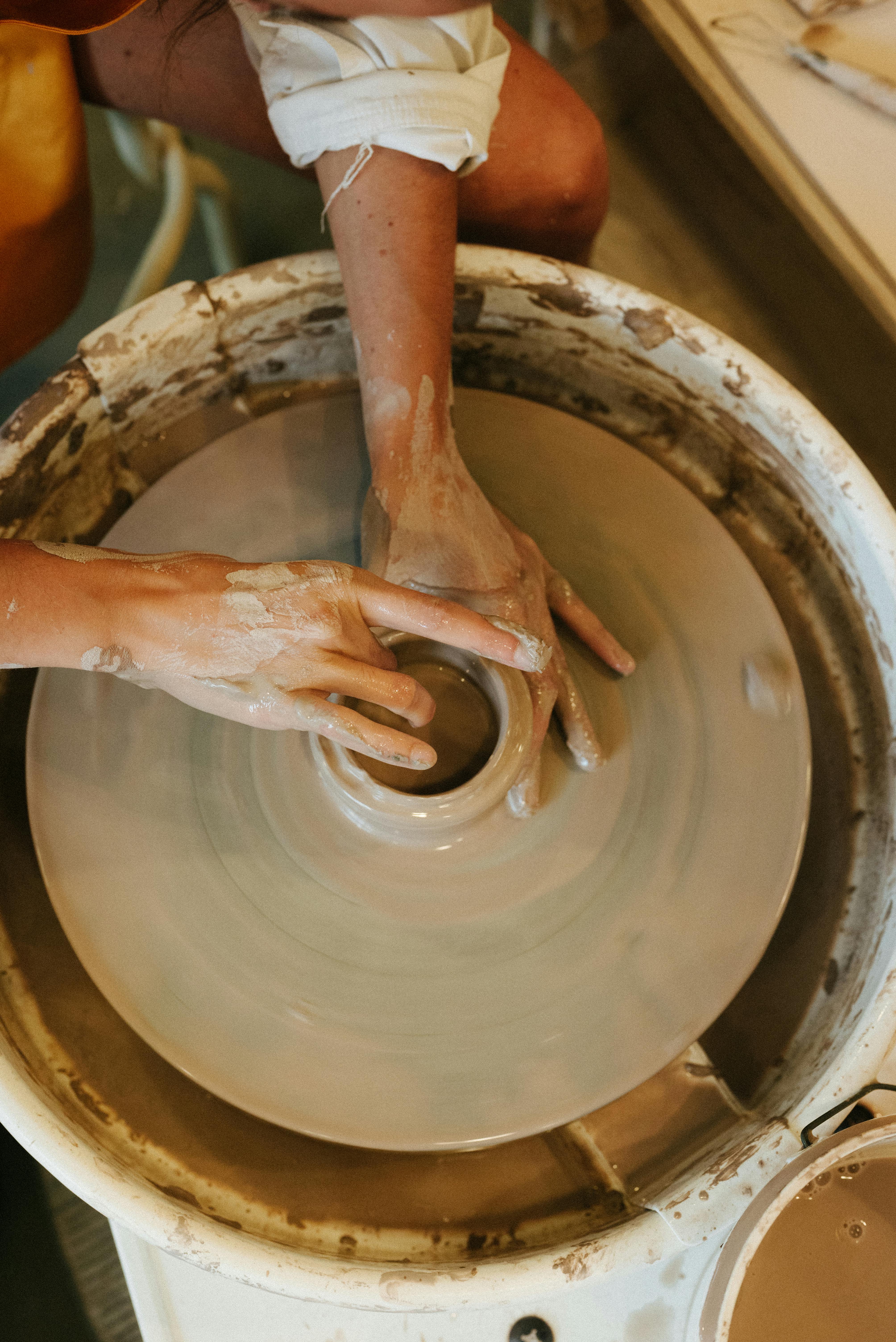 The slab method ceramics definition is a technique in pottery and ceramics where clay is rolled into flat sheets called slabs, which are then cut and shaped into various forms. This method allows for creative exploration in three-dimensional design, producing artwork ranging from functional dinnerware to intricate sculptures. Artists and potters appreciate the tactile nature of this technique, which provides the freedom to manipulate clay into both fluid and structured shapes, offering a unique opportunity to explore texture and form.
The slab method ceramics definition is a technique in pottery and ceramics where clay is rolled into flat sheets called slabs, which are then cut and shaped into various forms. This method allows for creative exploration in three-dimensional design, producing artwork ranging from functional dinnerware to intricate sculptures. Artists and potters appreciate the tactile nature of this technique, which provides the freedom to manipulate clay into both fluid and structured shapes, offering a unique opportunity to explore texture and form.

| Aspect | Description |
|---|---|
| Basic Process | Clay is rolled into slabs, cut into desired shapes, and assembled to form the final piece. |
| Applications | Used for creating functional pottery items like plates and bowls, as well as decorative sculptures. |
| Creative Flexibility | Offers artists the ability to explore a wide range of textures and structural designs. |
Getting Started with Slab Building

To embark on your journey with the slab method, begin by selecting the right clay. A mid-range stoneware or porcelain clay is often recommended for its workability and strength. Once you’ve chosen your clay, roll it out evenly using a rolling pin or a slab roller to achieve your desired thickness. Keeping your slabs uniform is crucial, as this helps ensure the stability and symmetry of your final piece.
Next, think about your design. Slab building is ideal for creating both functional items like trays and mugs, and artistic sculptures. Sketch your ideas on paper before you start cutting into the clay. Cutting the slabs into shapes that fit together like a puzzle demands precision, so use straight edges or templates for accuracy.
Building and Joining Pieces

The heart of slab building is in how you piece together your individual slabs. Score and slip is the classic technique used for joining clay pieces. Scoring involves scratching the surfaces that will connect, while slipping uses a slightly watered-down clay mixture as a binder. This moist mixture acts as a glue, ensuring a strong bond as your piece dries.
For both structural soundness and aesthetics, conceal the seams with a wooden or rubber rib. This not only strengthens the joints but also provides a smooth finish. Be patient—the joining phase is essential for creating a seamless look and ensuring the integrity of your clay creation.
Exploring Texture and Surface Design
Here’s where your creativity can truly shine. The slab method allows you to experiment with textures and decorations even before assembling your piece. Consider:
- Impressing fabric or textured materials onto the clay to transfer unique patterns.
- Carving into the clay when leather-hard to create intricate designs or relief images.
- Using colored slips or underglazes for painting details before the first firing.
These textures can enhance the tactile experience and visual appeal of your work, making each piece distinctly yours.
Firing and Finishing Touches

Once your piece is assembled and dry, it’s ready to be fired. The initial bisque firing removes moisture and solidifies the clay. After bisque firing, you’ll need to glaze your work. Glazing not only adds a glossy finish but also makes functional pieces food safe and more durable. Choose glazes that complement your textured designs to highlight their beauty.
After the final glaze firing, inspect your piece for any finishing touches or ideas that’ll improve future efforts. Slab building results in creations that are truly unique, molded by your hands and imagination.
Ready to roll up your sleeves and try slab building? Explore basic ceramics techniques to complement your slab building skills. Share your creative plans and thoughts in the comments below. Whether you’re crafting something functional or purely aesthetic, we’d love to hear how the slab technique inspires you!
If you’re looking for bowl pottery ideas to kickstart your project, browse through inventive bowl designs for every skill level. Also, be sure to check out our recent articles for more inspiring content and techniques.
Explore Slab Building Techniques
The slab method ceramics definition is a technique in pottery and ceramics where clay is rolled into flat sheets called slabs, which are then cut and shaped into various forms. This method allows for creative exploration in three-dimensional design. To see these techniques in action, check out the video “Basics of Ceramic Handbuilding: Pinchpot, Coiling & Slab Building” by Clay Corner Studio.
Wrapping up, the slab method in ceramics offers a versatile and accessible approach for both beginners and seasoned artists alike. By rolling out clay into flat slabs, you open up a world of possibilities for creating everything from simple bowls to intricate sculptures. This technique not only enhances your control over the form but also allows for endless creative exploration in three-dimensional design.
Join Our Creative Community
I hope you feel inspired to try out the slab method in your own ceramic projects! Don't forget to stay updated with more tips and inspiration by following us on Instagram. Let's continue this creative journey together and share our beautiful creations with each other.
